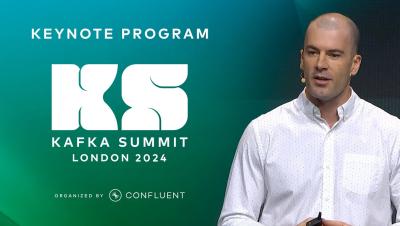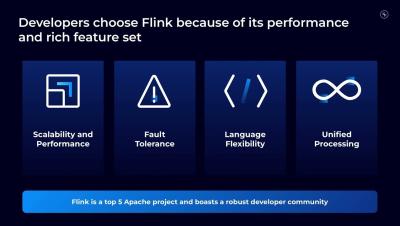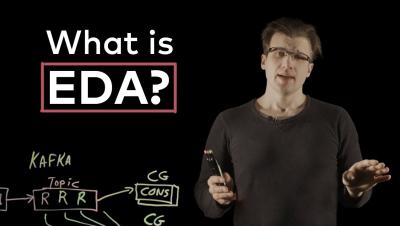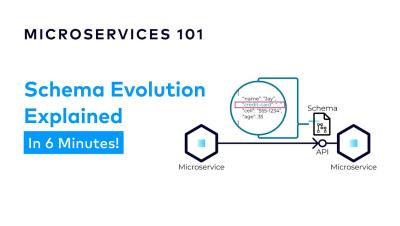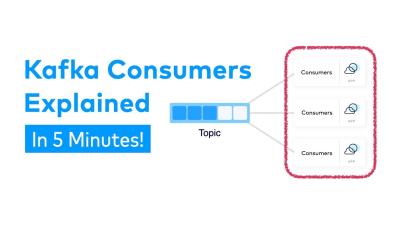Stream processing plays a critical role in the infrastructure stack for data streaming. Developers can use it to filter, join, aggregate, and transform their data streams on the fly to power real-time applications and streaming data pipelines. Among stream processing frameworks, Apache Flink has emerged as the de facto standard because of its performance and rich feature set. However, self-managing Flink (like self-managing other open source tools like Kafka) can be challenging due to its operational complexity, steep learning curve, and high costs for in-house support.




